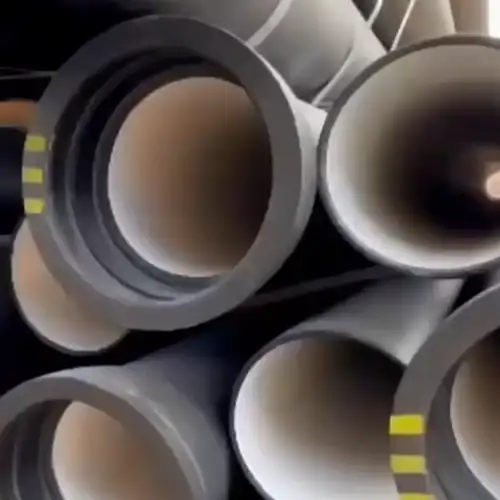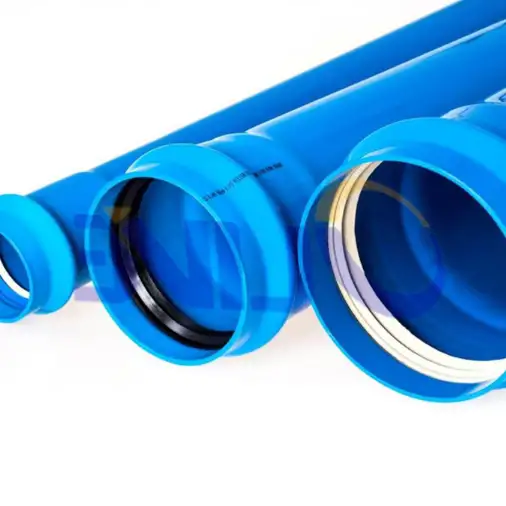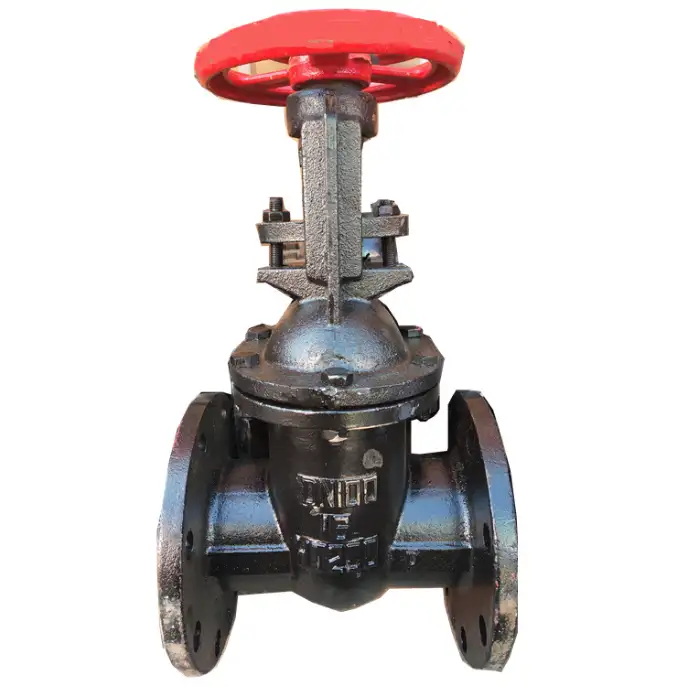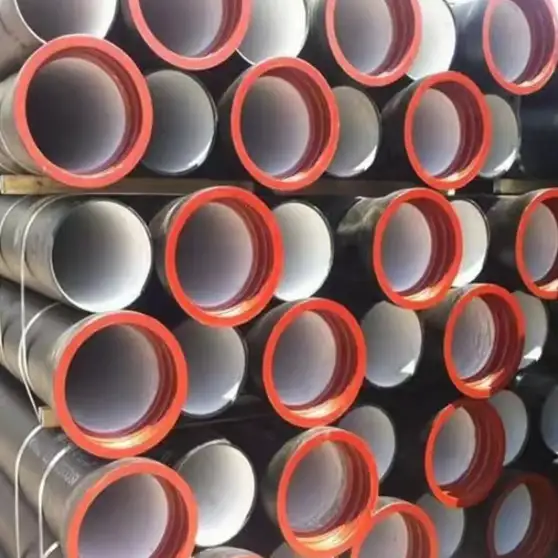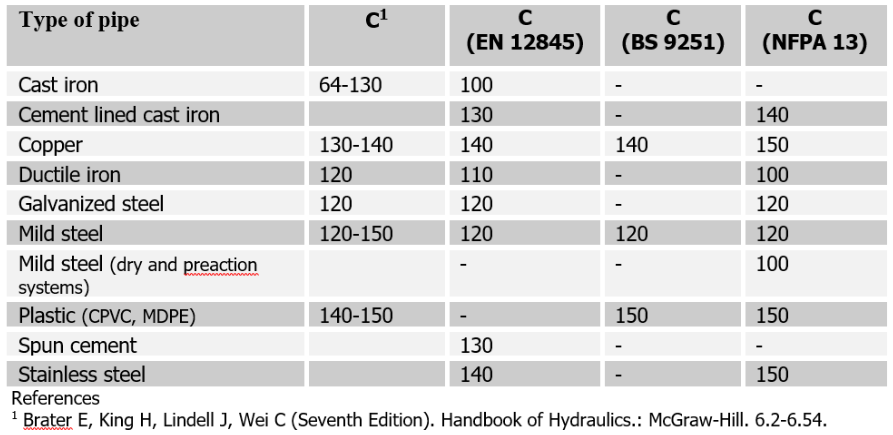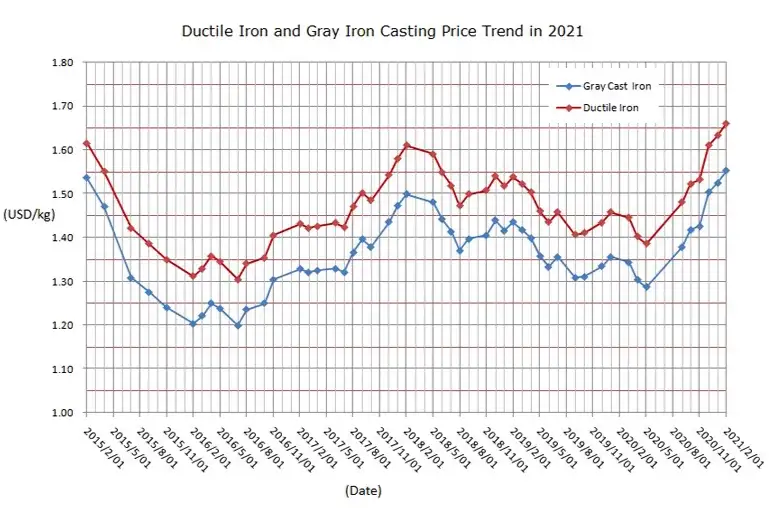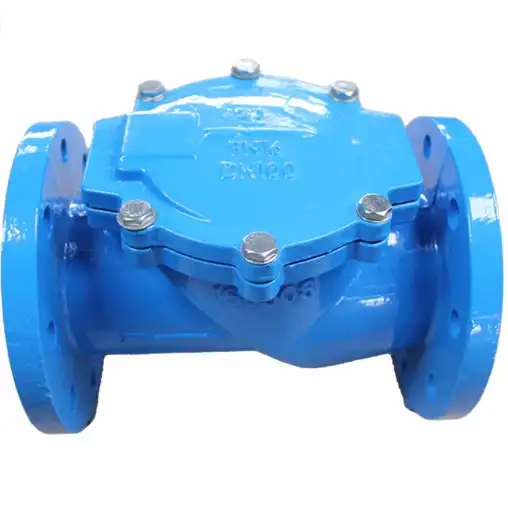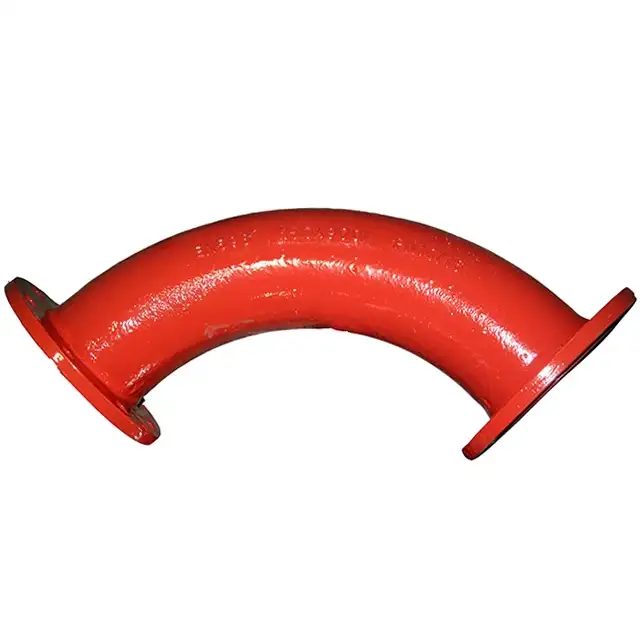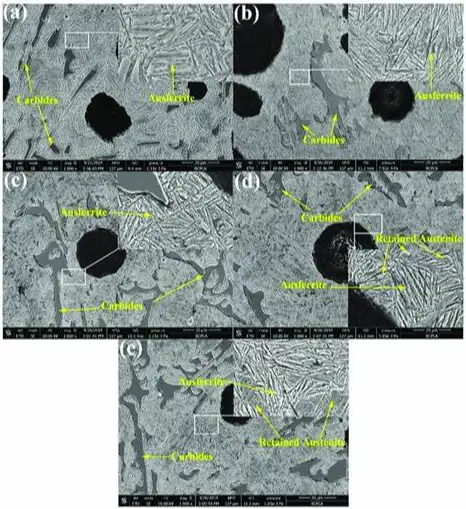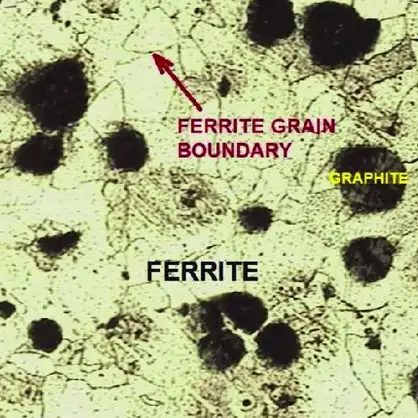Ductile Iron Pipe Sustainability & Resilience: Infrastructure Solutions for Modern Water Systems
As modern infrastructure demands evolve, sustainability and resilience have become key factors in determining the longevity and efficiency of water delivery systems. Ductile iron pipes offer unparalleled durability, resistance to corrosion, and sustainability, making them a cornerstone of reliable infrastructure. Their performance in diverse environmental conditions and ability to withstand extreme pressures ensure they are […]

